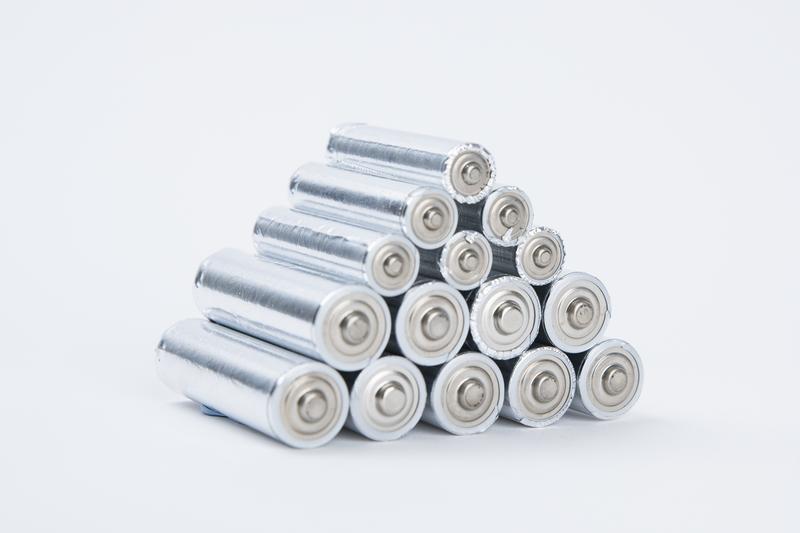How Many Cells for a 1kWh Battery?

You're making a homemade solar battery or collecting somewhere an industrial energy storage system. But the question remains, "How many cells do I need for a 1kWh battery?" The answer is dependent on the chemistry of the cell, voltage, and configuration. This tutorial explains the calculations, compares lithium-ion vs. LiFePO4, and reveals state-of-the-art single-cell designs that slash costs by 30%.
Quick Answer
For a 1kWh battery:
- LiFePO4 Cells: 160 cells (3.2V/2Ah, 8s20p configuration).
- NMC/NCA Cells: 140 cells (3.7V/2Ah, 7s20p configuration).
- Single-Cell Architecture: 1 cell (3.3V with DC-DC conversion).
Step-by-Step Cell Calculation
1. Core Formula
Total Energy (kWh) = (Cell Voltage (V) × Cell Capacity (Ah) × Number of Cells) / 1000
Example:
- LiFePO4 Cell: 3.2V × 2Ah × 160 cells = 1,024Wh (1.024kWh).
- NMC Cell: 3.7V × 2Ah × 140 cells = 1,036Wh (1.036kWh).
2. Cell Comparison Table
| Cell Type | Voltage | Capacity | Cells for 1kWh | Configuration | Use Cases |
| LiFePO4 | 3.2V | 2Ah | 160 | 8s20p | Solar storage, UPS |
| NMC/NCA | 3.7V | 2Ah | 140 | 7s20p | EVs, power tools |
| Single-Cell | 3.3V | 303Ah* | 1 | N/A | Portable devices |
| Calculated capacity for single-cell 1kWh: 1,000Wh ÷ 3.3V ≈ 303Ah. |
Key Factors Affecting Cell Count
Voltage Requirements
- Serial Connections:higher-voltage systems require more cells in series.
- Example: a 48V LiFePO4 battery shall contain 16 cells in series (48V ÷ 3.2V = 16s).
Capacity Degradation
- In normal use, a capacity of 85-95 percent is good due to temperature and discharge rates.
- Pro Tip: Have 10% more cells in order to compensate for aging.
Cost vs. Reliability
- Cheap LiFePO4 cells ($0.15/Wh) vs. premium NMC ($0.22/Wh).
- Designs using only one cell eliminate the BMS cost but call for expensive DC-DC converters.
Real-World Case Studies
1. Home Solar Storage (LiFePO4)
- Goal: 48V/1kWh battery for off-grid cabin.
- Math:
- Cells in series: 48V ÷ 3.2V = 16s.
- Parallel groups: 1,000Wh ÷ (3.2V × 2Ah × 16) ≈ 9.76p → 10p.
- Total Cells: 16s × 10p = 160 cells.
2. E-Bike Battery (NMC)
- Goal: 36V/1kWh battery.
- Math:
- Cells in series: 36V ÷ 3.7V ≈ 10s.
- Parallel groups: 1,000Wh ÷ (3.7V × 2Ah × 10) ≈ 13.5p → 14p.
- Total Cells: 10s × 14p = 140 cells.
Free Tools & Resources
Battery Cell Calculator (Excel/Google Sheets):
- Input voltage, capacity, and energy needs → Auto-calculate cell count.
- Download Link: [Insert lead-generation form here].
Cell Supplier Checklist:
- Verify cycle life (≥2,000 for LiFePO4), UL certifications, and thermal runaway protection.
It is how you define your cell voltage, chemistry, and budget that will determine what constitutes calculating cells for a 1kWh battery because indeed traditional multi-cell packs take the lead, while single-cell designs are presenting disruption in portable power.
FAQs
Q1: Why do some 1kWh batteries use 200+ cells?
- More cells are required because smaller individual cells, like 1.5Ah 18650s, will require a greater number of these cells in parallel. Do not forget to check out the relevant datasheets of the cells.
Q2: Are single-cell 1kWh batteries safe?
- Sure, with 5-layer protection (OVP/UVP/OCP/SCP/OTP) there are brands like PylonTech which utilize this technology in portable power stations.
Q3: How to avoid overrated cells?
- Ask for a third-party test report (IEC 62619), then measure the actual capacity using the battery analyzer.
